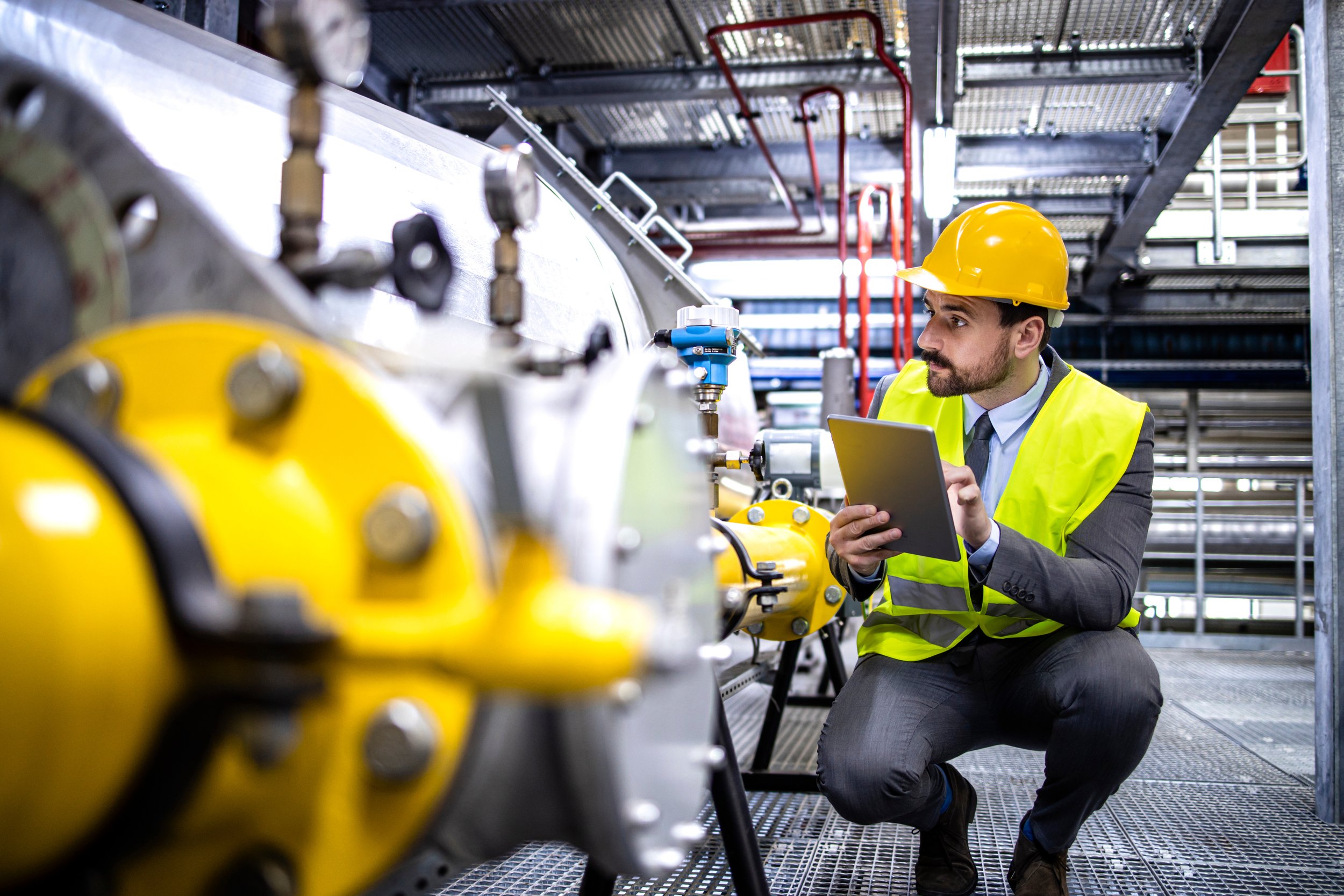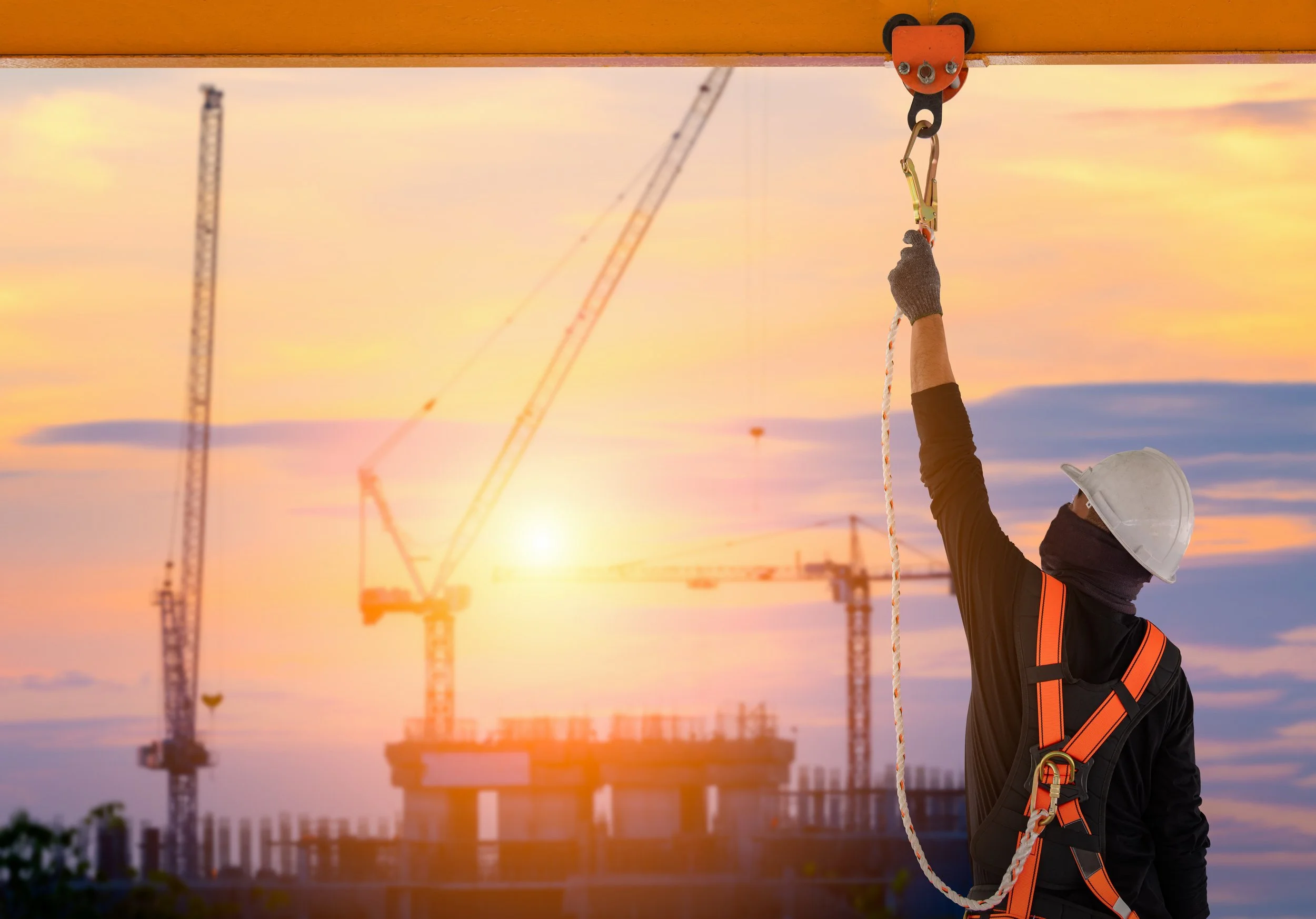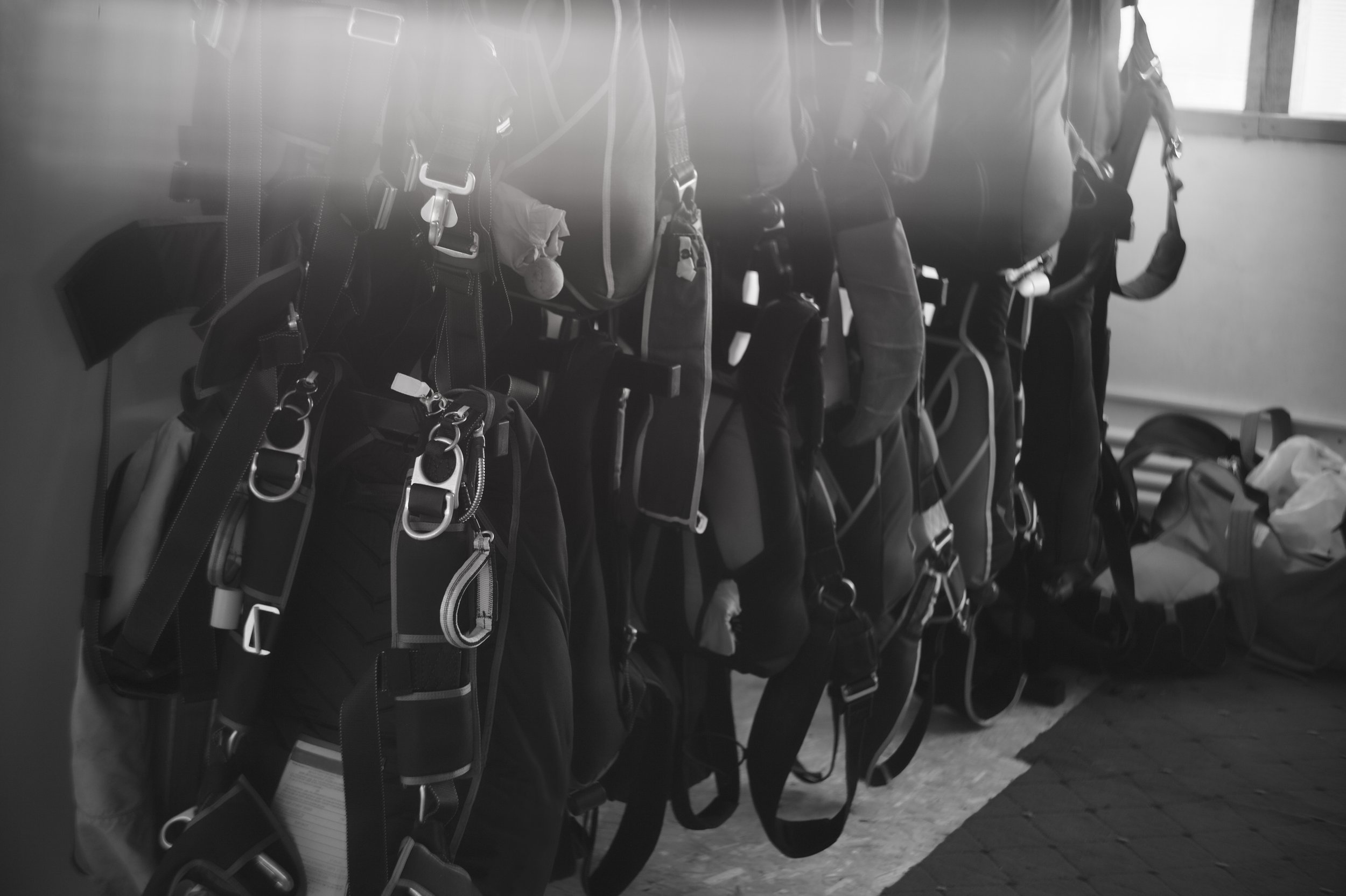


Welcome to our compliance inspection and testing service for building assets!
We specialise in providing comprehensive assessments of building systems and equipment to ensure compliance with industry regulations and standards.
Our team of trained professionals utilize the latest technologies and methodologies to perform thorough inspections and tests on your building's assets, including mechanical, electrical, and plumbing systems, as well as fire safety and security systems.
With our services, you can rest assured that your building is safe, efficient, and fully compliant with all relevant regulations and standards.
What we do.
-
![]()
Fixed Ladder Inspections
Asserv UK can provide annual inspections that are required under the UK PUWER 1998 Regulations. Fixed Ladders are tested to:
BS 4211:2005+A1:2008 (specification for permanently fixed ladders)
BS 5395-3:1985 (Code of Practice for the design of industrial type stairs, permanent ladders and walkways)
BS EN 14122 (Safety of machinery. Permanent means of access to machinery. Working platforms and walkways)
-
![]()
Fall Protection Equipment
We can inspect all types of fall protection equipment. Collective fall prevention measures such as handrails and edge protection. Personal Fall Protection such as horizontal and vertical safety restraint lines (cables or rails), safety eyebolts, portable weight anchors and overhead fall arrest davits and rails.
These need to be inspected annually as a minimum, but more frequent inspection should be considered for significant use and/or risk.
They will be inspected to the following regulations:
BS EN 795:2012
PD CEN/ TS 16415:2013
BS 7883:2019
BS 8610:2017
-
![]()
Personal Protective Equipment
It is critical that Personal Protective Equipment (PPE) and Personal Fall Protection Equipment (PFPE) works at the point it is required most in the event of a fall or accident.
Our team can inspect and certify this equipment 6-monthly to BS EN 365:2004.
Equipment includes: All types of harnesses, fall restraint lanyards, fall arrest lanyards, work positioning lanyards, inertia reels and fall arrest blocks.
All equipment is subject to daily pre-use checks and we can also inspect PPE such as hard hats, respirators, ear and face protection.
We can provide harness and PFPE training, for more information please follow this link.
We can provide asset tracking for our customers on our portal, or provide consultancy on how to implement this internally instead.
-
![]()
Abseil Equipment and Anchors
We can inspect all types of abseiling/rope access equipment. Such as eyebolts anchors, portable weight anchors and abseil davits and overhead abseiling monorails.
These need to be inspected every 6 months as abseiling equipment must be examined in accordance with LOLER 1998.
Other inspection regulations:
BS EN 795:2012
BS 7883:2019
BS 8610:2017
-
![]()
Facade Access Equipment
We can provide equipment inspections and carryout testing on all types of facade access equipment conforming to BS EN 1808:2015 and BS 6037-1:2017 for suspended access equipment and BS 6037-2:2020 for travelling gantries and ladders.
Types of equipment:
Suspended Access Equipment (Building Maintenance Units, Davits, Powered Cradles, Monorail Systems)
Travelling Gantries
Travelling Ladders
Lift tables, Turn Tables and Track Systems.
Frequency :
3 MONTHS for Operational Inspections in accordance with BS 6037 and Manufacturer recommendations
6 MONTHS for Thorough Examinations in accordance with LOLER 1998.
ANNUALLY for Load Test in accordance with BS 6037
-
![]()
Lightning Protection
In the UK, periodic lightning protection inspections are required to ensure that lightning protection systems are functioning correctly and in compliance with current standards and regulations.
The frequency of inspections depends on the type of building and the level of risk associated with lightning strikes. Typically, the following inspection intervals are recommended:
Annual inspections for structures considered to be at high risk, such as tall buildings, exposed structures, and structures in areas with high lightning frequency.
Bi-annual inspections for structures considered to be at medium risk, such as industrial buildings, commercial properties, and public buildings.
Tri-annual inspections for structures considered to be at low risk, such as residential buildings.
The inspections will be carried out by a qualified and experienced lightning protection engineer, who will assess the condition of the lightning protection system and identify any defects or issues that need to be addressed.
-
![]()
Electrical System Inspection
In the UK, periodic electrical and fixed wire inspections are required to ensure that electrical installations in buildings are safe and comply with current regulations. These inspections will be carried out by a qualified and registered electrical contractor who will perform a thorough examination of the electrical installation and provide a detailed report on its condition.
The frequency of inspections depends on the type of installation and its intended use. The following are the recommended intervals:
Commercial installations: Every 5 years
Industrial installations: Every 3 years
Educational establishments: Every 5 years
Hospitals: Every 5 years
Residential properties: Every 10 years or on change of occupancy
During the inspection, the electrical engineer will check the installation for compliance with relevant safety standards and identify any defects or potential hazards. They will also test the electrical circuits and equipment to ensure they are functioning correctly and safely. Any issues or defects identified during the inspection will be recorded in the report, along with any recommended remedial actions.
It is essential to carry out periodic electrical and fixed wire inspections to prevent electrical accidents, fires, and potential liabilities. Regular inspections help to ensure that electrical installations are safe and comply with the current regulations, protecting both people and property.
-
![]()
Lifting Accessories
We can inspect, certify and tag all lifting equipment, required to be inspected every 6 months to comply with the UK Lifting Operations and Lifting Equipment Regulations (LOLER 1998).
These can be added to our portal to ensure all documentation is kept safe and readily available when needed. If required we can provide consultancy to implement a digital system for our clients.
-
![]()
Lifting Equipment
We can inspect, certify and tag all lifting equipment, required to be inspected:
every 6 months if lifting persons
or every 12 months if lifting materials
to comply with the UK Lifting Operations and Lifting Equipment Regulations (LOLER 1998).
Load testing can be carried out by our tea, however we always recommend finding more sustainable solutions such as using lifting eyebolts and load cells, to avoid unnecessary movement of weights to and around site.
These can be added to our portal to ensure all documentation is kept safe and readily available when needed. If required we can provide consultancy to implement a digital system for our clients.
-
![]()
Health and Safety Audits
If you require external competent health and safety inspections and audits we can provide a bespoke solutions tailored to your needs.
This could be for any scope and frequency and will be entered into our digital reporting tools and the data stored in our client portal.
We can utilise our knowledge and experience of the Health & Safety at Work Act 1974 and the constituent regulations to provide key insights into the majority of construction and operational hazards and risks.
Remember we are paper free so you will never need to find a space for a folder and worry about losing it. Unless of course you decide to print our reports, but we hope you wont.










